How to Spot a Toxic Relationship
At some point in your life, if you haven’t already, you’ll probably find yourself in a relationship. If you’re lucky, your relationship will positively challenge you, support you, and encourage you – it’s the type of relationship we all strive to have!
However, some relationships take twisted turns to where one partner is abused, humiliated, manipulated, and/or harmed. These types of relationships can be incredibly scary, so it’s important to know the signs of a toxic relationship before entering one.
What is a Toxic Relationship?
For starters, a toxic relationship can take many forms. Whether it be abuse, humiliation or manipulation, a toxic relationship will hurt you. This type of relationship doesn’t support, doesn’t encourage, and it doesn’t love – although it pretends too!
Toxic relationships, which can be seen through examples of domestic violence, can be incredibly trapping. Generally, one partner is the abuser and one partner is the victim. This cycle of toxicity, or abuse, can almost feel unwinnable.
The cycle is broken down into three phases:
Tension. This is when a partner feels as though they’re “walking on eggshells” around the abuser. Communication dwindles, love and affection is withheld, and verbal aggression increases.
Explosion/Abuse. This is when the abuser harms their partner. This can be physical, sexual, and/or emotional abuse. These situations can also be financially abusive to where a partner has no access to money – forcing them to be trapped with the abuser.
Honeymoon. This is when the abuser apologizes for their actions, promises to never do it again, and showers their partner with gifts.
Now you might be asking, “What if I’m not abused?” That’s a fair question, as not all toxic relationships revolve around direct abuse and/or harm. Some relationships are toxic, simply because they’re toxic.
Breaking Down Toxic Relationships
As just mentioned, not all toxic relationships incorporate direct abuse and/or harm. However, they can still harm us indirectly.
For example, a relationship without trust is what? Probably a strained relationship, right? This strain can lead to arguments and accusations, which can ultimately lead to long-term feeling of hurt. What if you’ve tried to leave and your partner threatens self-harm? Although they’re not directly harming you, they’re emotionally manipulating you to stay – which is toxic.
If you’re in a relationship where your partner is always cheating, always lying, or always making you feel like you’re the “crazy one,” – then that’s toxic. In fact, this is called gaslighting. If you’ve watched Hannah B’s season of The Bachelorette, then you’ve witnessed gaslighting.
What is Gaslighting?
As defined by The National Domestic Violence Hotline, gaslighting is a strategy used by an abuser to make their partner question their own feelings, instincts, and sanity. Gaslighting tends to happen over time, not overnight. When it does occur, the abuser gains a lot of power.
Listed below are the types of gaslighting techniques, defined by The National Domestic Violence Hotline.
Withholding – the abuser pretends to not understand or refuses to listen. Ex: “I don’t want to hear this again.”
Countering – the abuser questions their partner’s memory, even if the partner is correct. Ex: “You’re wrong, you never remember things correctly.”
Blocking – the abuser changes the subject or questions their partner. Ex: “You’re imagining things.”
Trivializing – the abuser makes their partner’s needs or feelings seem unimportant. Ex: “You’re too sensitive.”
Denial – the abuser pretends to forget or denies promises made to their partner. Ex: “I don’t know what you’re talking about.”
If you believe your partner is intentionally utilizing any of these techniques, chances are – it’s a toxic relationship.
What Now?
If you’re fortunate enough to be in a fulfilling, healthy relationship – cherish it! Make sure you keep your wits about you and notice any red flags if they ever emerge. In addition to that, if you see someone struggling in a toxic relationship – be their ally. They don’t need another person putting them down, so be as supportive as you can.
If you find yourself in a toxic relationship, to any capacity, reach out to a trusted person who can help you leave the relationship. Whether that be friends, family, counselors… reach out to your support system. If you feel as though you can’t reach out to anyone, for whatever reason, there are numerous resources that can help.
Some of these resources include:
The National Domestic Violence Hotline (1-800-799-7233)
National Dating Abuse Hotline (1-866-331-9474)
National Resource Center on Domestic Violence (1-800-537-2238)
Rose Brooks in Kansas City (816-861-6100)
Hope House in Kansas City (816-461-4673)
Please note, leaving an abusive and toxic relationship can escalate violent behavior. It’s essential to have a safety plan or personal support. Your safety is the number one priority!
I know it can seem scary, but it’s never okay for someone to be abused, humiliated, manipulated and/or harmed. Listen to your gut when you see red flags and help others to do the same. No one deserves a toxic relationship!
Dariah Wixon,
Counseling Intern












